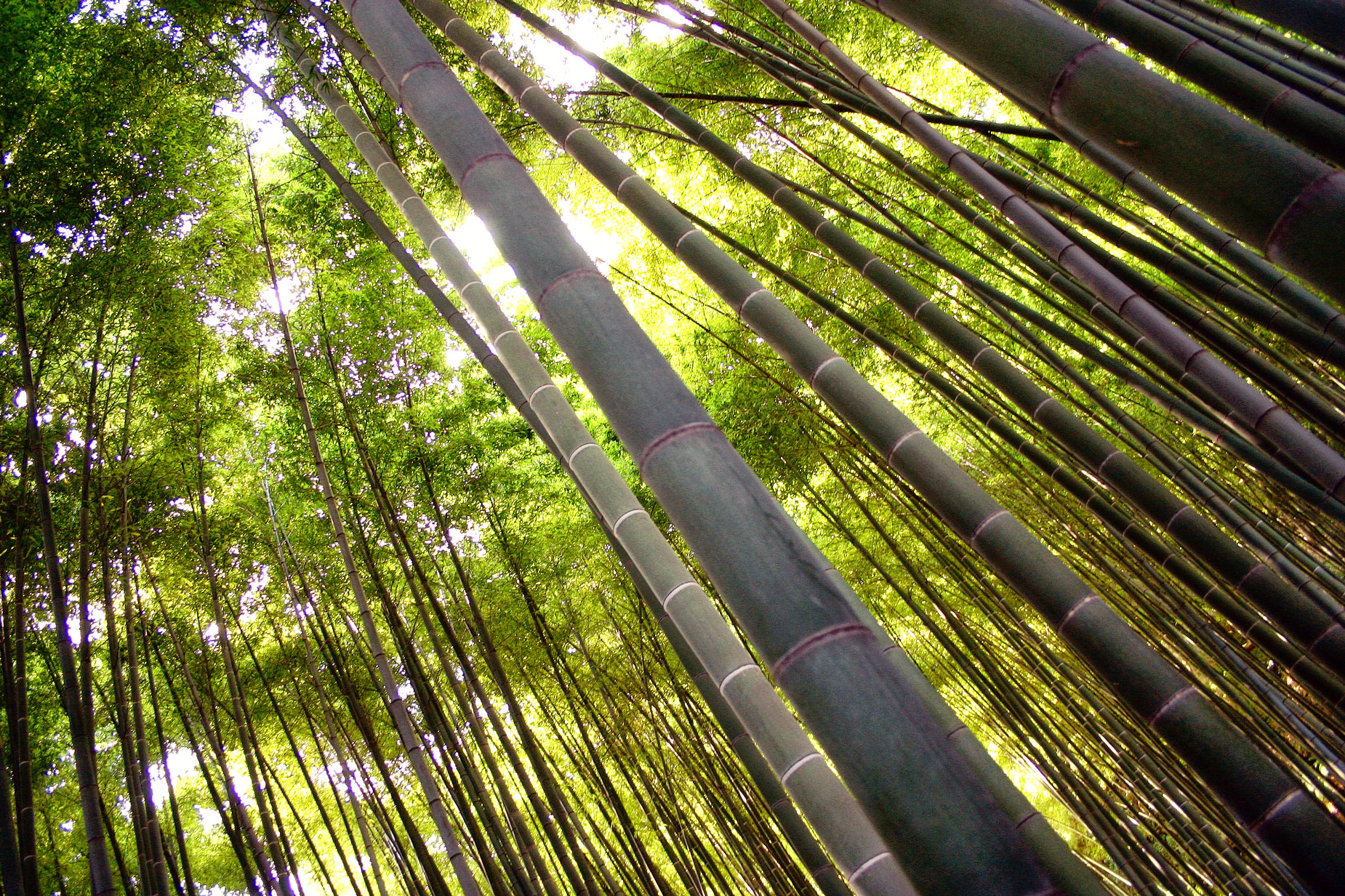Today’s Post by Joe Farace
There is one thing sure about life: Life will push us hardly many times! When you are pushed, don’t be surprised; stay firm like a tree or be elastic like a bamboo!—Mehmet Murat Ildan
Bamboo may be found in the tropical and alpine climatic zones of Africa, Asia, Central and South America. Scientists have, so far, recorded more than 1,600 bamboo species, which combined cover more than 31 million hectares of land. In Japan, Shinto and Buddhist shrines are often surrounded by bamboo, because it’s considered to be a barrier to evil. Hokokuji Temple in Kamakura, for example, has one of the Kanto region’s premier bamboo forests.
Secluded in the hills of eastern Kamakura, Hokokuji is a small temple of the Rinzai Sect of Zen Buddhism. Originally founded during the early years of the Muromachi Period, Hokokuji was the family temple of the ruling Ashikaga Clan and was later also adopted as the family temple of the Uesugi Clan.

How I Made this Photograph: I had previously mentioned that having my EF 100-300mm f/4.5-5.6 USM lens trashed because of soaking it and me in a persistent downpour in Tokyo. For the trip to Japan, I had also brought along a couple of other lenses with me including a 16mm Zenitar f/2.8 lens that was used to make this photograph. The camera was a Canon EOS Digital Rebel with an exposure of 1/30 sec at f/11 and ISO 400.
The path to the temple leads past a modest gate and into a small garden to the main hall, which was rebuilt in the 1920s after the original building was lost in the Great Kanto Earthquake. The hall houses a statue of the Buddha, the temple’s main focus. To the left of the main hall stands a bell tower with a simple, thatched straw roof, which was also a feature of the original main hall before it burned down.
Hokokuji Temple, however, is best known for the beautiful, small bamboo grove found behind the temple’s main hall, which is thick with more than 2000 dark green bamboo stalks. A few narrow pathways lead through the bamboo to a tea house where, for a small fee, you can sit and enjoy a cup of matcha tea while enjoying views into the bamboo grove. I am a tea drinker and enjoyed many different kinds of teas in my visit to Japan but this particular tea was, too me, undrinkable. One sip and I was done. It was a similar story to my experience having a “fish cookie” in Tokyo, which is a story for another time.
If you enjoyed today’s blog post and would like to treat me to a cup of Earl Grey tea ($3.50), click here. And if you do, thank you very much.